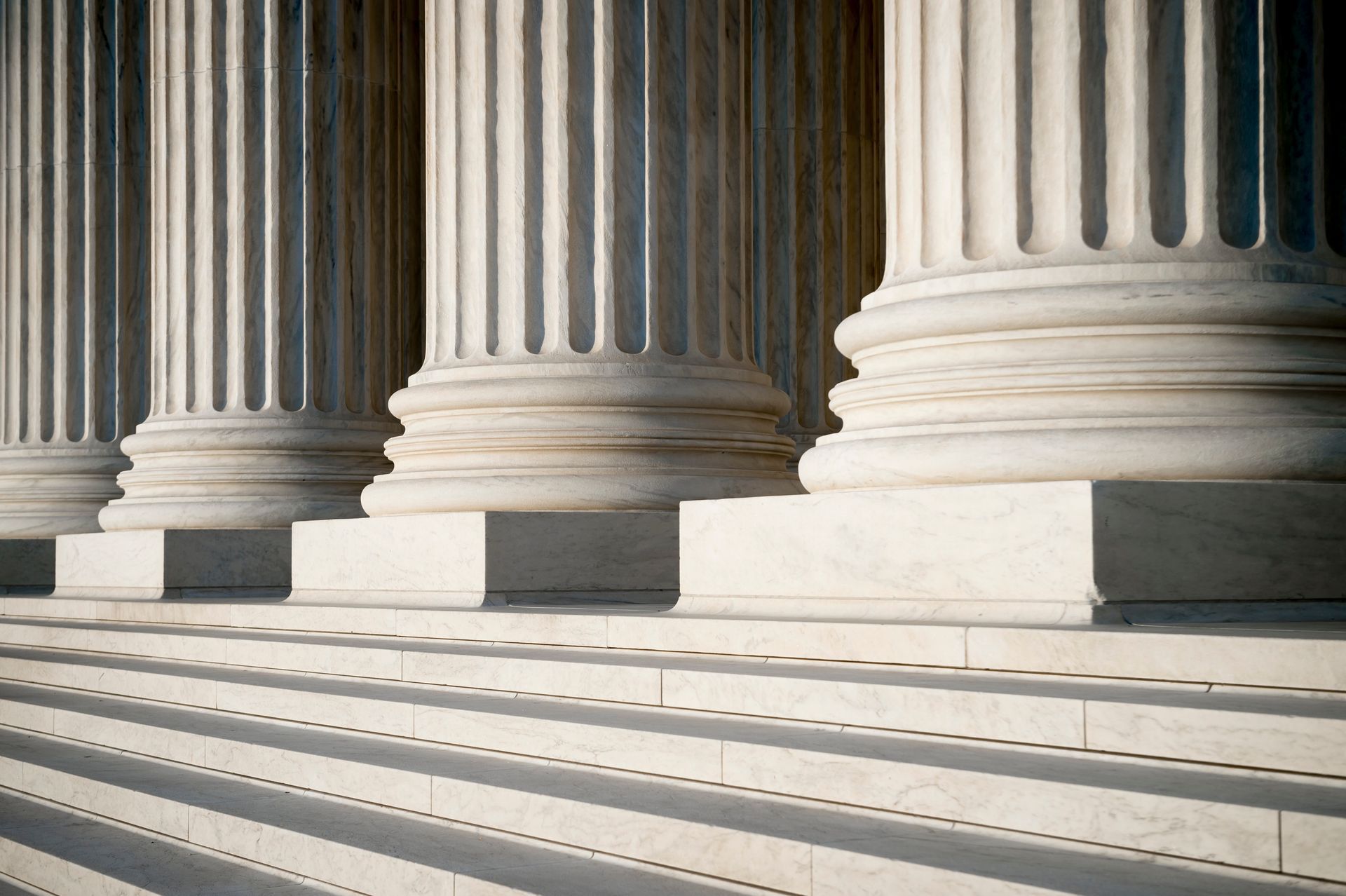Medical Marijuana in FL
September 3, 2025
Under Construction
Recent Posts

September 3, 2025
The subject matter of trade secret law is almost unlimited in terms of the content or subject matter that may be protected. Trade secret law varies by state, but typically relies on private measures, rather formal registration, to preserve exclusivity. “A trade secret is any information that can be used in the operation of a business or other enterprise and that is sufficiently valuable and secret to afford an actual or potential economic advantage over others” (U.S. Legal Code, The Restatement (Third) of Unfair Competition, §39). The secret may be a formula; a process of manufacturing, treating, or preserving materials; a pattern for a machine or other device; or a list of customers. Id. The two major restrictions on the domain of trade secrets are (1) the requirements of secrecy and (2) competitive advantage. An intellectual work is not a secret if it is generally known within the industry, published in trade journals, reference books, etc., or readily copyable from products on the market. Although trade secret rights have no built-in expiration, they are extremely limited in one important respect. Owners of trade secrets have exclusive rights to make use of the secret only as long as the secret is maintained. If the secret is made public by the owner, then trade secret protection lapses and anyone can make use of the information. Moreover, owners' rights do not exclude independent invention or discovery. Within the secrecy requirement, owners of trade secrets enjoy management rights and are protected from misappropriation. This latter protection is probably the most important right granted, given the proliferation of industrial espionage and employee theft of intellectual works. If you need help or have questions about a trade secret issue it is recommended you contact an experienced attorney at The Law For All today.

September 3, 2025
In the United States, under the territoriality doctrine, a trademark is recognized as having a separate existence in each sovereign territory in which it is registered or legally recognized as a mark. The basic rule of trademark ownership in the United States is priority of use. A Trademark can be protected through Common Law or through state and/or federal registration. Common law is the default. All common law and federal/state registration rights are built upon the foundation of first-in-time, first-in-right. Priority of trademark rights in the United States depends solely upon priority of use in the United States, not on priority of use anywhere in the world. Prior use in a foreign nation does not establish priority of use in America. Thus, shipments and sales between foreign nations do not establish trademark rights in the United States. Prior use of a trademark in a foreign country does not entitle its owner to claim exclusive trademark rights in the United States as against one who used a similar trademark in the U.S. prior to entry of the foreigner into the domestic American market. Under Section 43 of the Lanham Act, an owner of a mark (whether registered or common law protected) may bring an action for trademark infringement. To prove trademark infringement, a plaintiff must show that: (1) the mark is valid and legally protectable; (2) the mark is owned by the plaintiff; and (3) the defendant's use of the mark to identify goods or services is likely to create confusion concerning the origin of the goods or services. If you need help or have questions about a trademark issue it is recommended you contact an experienced attorney at The Law For All today.

September 3, 2025
A copyright is a form of protection provided by the laws of the United States (Title 17, U.S.Code) to the authors of “original works of authorship,” including literary, dramatic, musical, artistic, and certain other intellectual works. Copyright protection begins from the time the work is created in a fixed form. The copyright in the work of authorship immediately becomes the property of the author who created the work. 17 U.S.C. § 102. Only the author or those deriving their rights through the author can rightfully claim a copyright. In the case of works made for hire, the employer and not the employee is considered to be the author. 17 U.S.C. § 101. Copyrightable works include the following categories: 1 literary works 2 musical works, including any accompanying words 3 dramatic works, including any accompanying music 4 pantomimes and choreographic works 5 pictorial, graphic, and sculptural works 6 motion pictures and other audiovisual works 7 sound recordings 8 architectural works. 17 U.S.C. § 102. Several categories of material are generally not eligible for federal copyright protection. These include among others: Works not fixed in a tangible form of expression (for example, unrecorded choreographic works, or improvisational speeches or performances that have not been written or recorded) Titles, names, short phrases, and slogans; familiar symbols or designs; mere variations of typographic ornamentation, lettering, or coloring; listings of ingredients or contents Ideas, procedures, methods, systems, processes, concepts, principles, discoveries, or devices, as distinguished from a description, explanation, or illustration Works consisting entirely of information that is common property and containing no original authorship (for example: standard calendars, height and weight charts, tape measures and rulers, and lists or tables taken from public documents or common sources). US Copyright Office Circulator 01: Copyright Basics. If you need help or have questions about a copyright issue it is recommended you contact an experienced attorney at The Law For All today. We also serve clients in the Boca Raton, FL area.
